This post is probably going to work some people into a lather. There are few topics in travel these days that are more controversial or touch more hot buttons than overtourism. There’s a lot of friction generated at the point where hordes of visitors meet entrenched, fed-up locals. It’s built into the model.
It will also probably not be satisfying for people looking for easy solutions (maybe that’s fodder for a future post?). My purpose here isn’t to offer up answers or sketch out the contours of a better travel future, but simply (as a starting point) to set out what I think are some hard tourism realities:
1. Overtourism Isn’t Going Away Any Time Soon
The factors behind the sudden push of visitors to some of the world’s most beautiful places are poorly understood but appear to be a mix of the following: rising incomes (particularly in countries with enormous numbers of potential travelers like China and India); proliferation of budget flights (making long-distance travel available to more and more people); the growing popularity of cruises (which drop thousands of visitors on sea- and river-side towns each day); Airbnb (which raises the potential number of overnight stays far above the number of hotel beds in a given destination); and Instagram (which creates a herd-driven, bucket-list demand for travel). There are, no doubt, lots of other factors I’m overlooking here.
I can’t see any of these factors abating any time soon. If anything, the trends are only going to get worse going forward. Consider, for a moment, just one factor: the rapid growth of disposable incomes in Asia, particularly China. Hundreds of thousands, if not millions, of new potential travelers are tossed into the mix each year.
To glimpse the effect this can have on a destination, one need only spend a few hours walking through the uncomfortably crowded streets of the tiny, but beautiful Czech town of Český Krumlov (three hours south of Prague). Just a few years ago, it was rare to see even one Asian tourist here (or anywhere else in the Czech Republic). These days, it’s almost impossible to push through the masses of the daily-arriving Asian tour buses as you make your way the few hundred meters from the central square to the historic castle. Don’t get me wrong. This is not to place blame on Asian visitors (they have as much right to travel as anyone else) but to illustrate the scope of the problem in one small, obscure tourist town.
Overtourism is a little like global warming. We’re beyond the waiting stage. It’s already here and getting worse. The question is how best to cope.
2. We’re All ‘Tourists’ on Planet Earth
The rapid influx of visitors to a town or destination is almost always accompanied by an equally strong reaction on the part of local residents: “Why are THEY coming here?” “Why are THEY taking over our square, our café, our pub?” “Why don’t THEY stay home?” The "THEY" are tourists, of course.
It’s a natural reaction for people who live in a place to consider it to be “theirs” and to act defensively. This notion, though, tends to leave out one obvious, inconvenient truth: at one point or another we’re all tourists. As we travel on our own holidays, city breaks and business trips, we all find ourselves occasionally standing in someone else’s square or sitting in someone else’s pub. We all clog up someone else’s road, and we all, ultimately, depend on the goodwill of local residents to make our trips a success.
I’ve been on both sides of the divide and it’s not pleasant. Living in a city like Prague, it can be exasperating at times to avoid the masses milling around Old Town Square or blocking Charles Bridge. Last fall, though, while serving as a tour guide for a National Geographic Danube cruise, I felt it keenly from the other side too. As I led groups of 20 or so people through picturesque towns like Regensburg and Salzburg, I could sense the heat coming off the hard stares of cruise-weary, local residents. Their eyes seemed to say simply: “go home.”
Some of those angry Regensburgers and Salzburgers will, no doubt, plan a getaway weekend in Prague someday, and will find themselves on the wrong side of a jaded Czech waiter, who’ll likely roll his or her eyes at the first tentative sound of an “Ein bier, bitte!” It’s a vicious cycle.
If there’s any way out of this overtourism morass, it must begin with the realization that we are all "over-tourists" together, and linked to each other through an unspoken "traveler’s version" of the Golden Rule: “Treat every visitor to your country with the same amount of kindness you’d expect if you ever needed help in their country.” For visitors, the rule is even simpler: “Behave like you would back home.”
3. Banning Something Almost Always Backfires
I instinctively dislike the idea of “banning” anything (excluding obvious things like harming defenseless animals, etc). I’m not sure if it was Mark Twain who came up with this quote: “There’s no greater pleasure than banning another man’s vice.” Banning certainly hits all of the pleasure buttons, but it usually fails in the end.
In trying to lessen the excesses of overtourism, local authorities around the world have come up all kinds of well-meaning but doomed-to-fail prohibitions that only risk making the original problem worse and creating new problems in the process. Overtourism – in my opinion -- won’t be solved through banning.
To curb the explosive (and sometimes destructive) growth of Airbnb rentals, cities and towns have considered various prohibitions on property owners from renting their places to short-term visitors. That’s not to say that problems associated with Airbnb rentals don’t exist or are not serious. Airbnbs tend to drive up local housing and rental prices, create tourist ghettos and negatively affect the quality of life for neighbors of the rental property.
The trouble with bans, though, is that they rarely stop people from doing something. Instead, they force people into finding more-creative solutions for continuing to do what they’re already doing. There are some sensible fixes to the Airbnb problems, such as at a minimum requiring property owners to pay taxes, but the Airbnb horse is already out of the barn.
I saw firsthand how a tourist “ban” can go awry about a year ago in Prague when city authorities tried to clamp down on the rapid growth of Segway and e-bike tours. Overnight, it seemed, the city’s streets and sidewalks had become choked with hundreds of irritating, Segway-wielding tourists. The Segways were offensive on many levels: they posed an obvious danger to pedestrians and lent the city even more of an artificial “Disneyland” feel than it already had.
The ban was so poorly rolled out, though, that other, more legitimate modes of personal transport, like bicycles, somehow got caught up in the prohibition. Not long after the ban, Prague City Hall moved to close off sizable parts of the historic center (including, ironically, some specially marked cycling trails) to cyclists. As I type this, in 2019, the legal machinations continue, but the ban has mostly been a failure. The Segway-tour operators have found ways to subvert the limitations (there’s a big Segway outfit located directly across the street from my office), while a legal cloud still hangs over commuter cycling in the center of Prague.
I don’t have easy answers for Airbnbs, Segway tours or other excesses that might arise from overtourism. I’ve found, though, that the best method for controlling any type of “undesirable” behavior is usually first to observe what people like to do and then allow them to continue doing it – but only in more constructive ways.
4. Demand, Not Supply, Drives the Tourism Market
This is a more-conceptual, less-obvious point but still an important one in describing overtourism and its side effects. What I mean by demand is that the market, the image, the reputation for any place or destination is often controlled more by the people who visit than by the destination itself. This can be a bitter pill for residents to swallow.
People are certainly drawn to Prague, for example, by the historic beauty of the city, and for a chance to see Prague Castle and the Old Town Square. But they also come for the opportunity to swig from a bright-green bottle of absinthe, buy a “KGB” fur hat or Russian nesting doll, and indulge in a sweet trdelník (chimney cake) or two, bought hot off the spit from a local vendor. That’s all fine and good, except for the fact that these last three activities would never occur to the average Czech person or resident. They have very little, if anything at all, to do with Prague.
And more or less the same goes for a city’s or country’s legends and heroes. For local Prague residents, names like Jan Hus, Franz Kafka and Václav Havel are important for telling the story of the city. The hard truth, though, is that not every visitor cares about the lives of these historic Prague characters or has the capacity to absorb much about them in the course of a short visit. Most people just want to learn a few facts and hear some good yarns.
I still remember pretty clearly a conversation I had a few years ago with a Czech tour-group leader, a relatively serious woman who was well-versed in local history and determined to give visitors accurate information – and not “those bullshit stories,” she said, that everyone else tells. She was angry because she had been leading a tour on Prague's Old Town Square and relating some factual stories when she overheard another tour leader standing not far away and spinning some made-up tales and silly Prague ghost stories. Of course, the crowd was eating it up.
I could sympathize with her anger – and for the frustrations that people feel in every city and country (not just Prague) where visitors come to dominate and define a place. My advice to her, though, was to let it go. Of course, she should continue to try to relate factual information, but to realize too that it's an uphill climb. In the end, it’s the visitors – and not the residents – who drive the narrative. And that's okay.
This is a good place to end this first stab at understanding the realities of modern tourism and overtourism. If I had to sum it up in a few words, I’d say “resistance is futile." But that’s just a starting point – and not necessarily an epitaph.
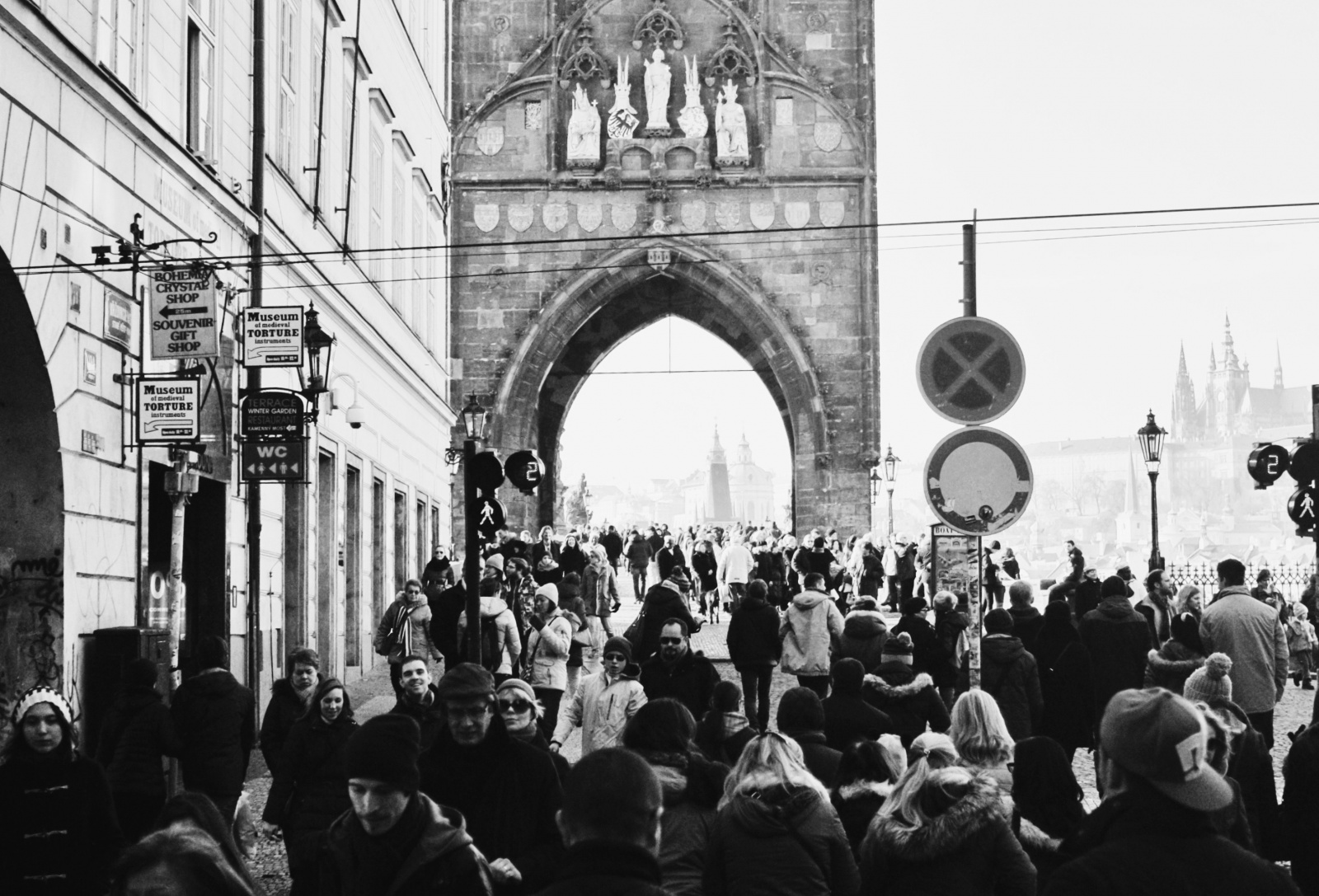
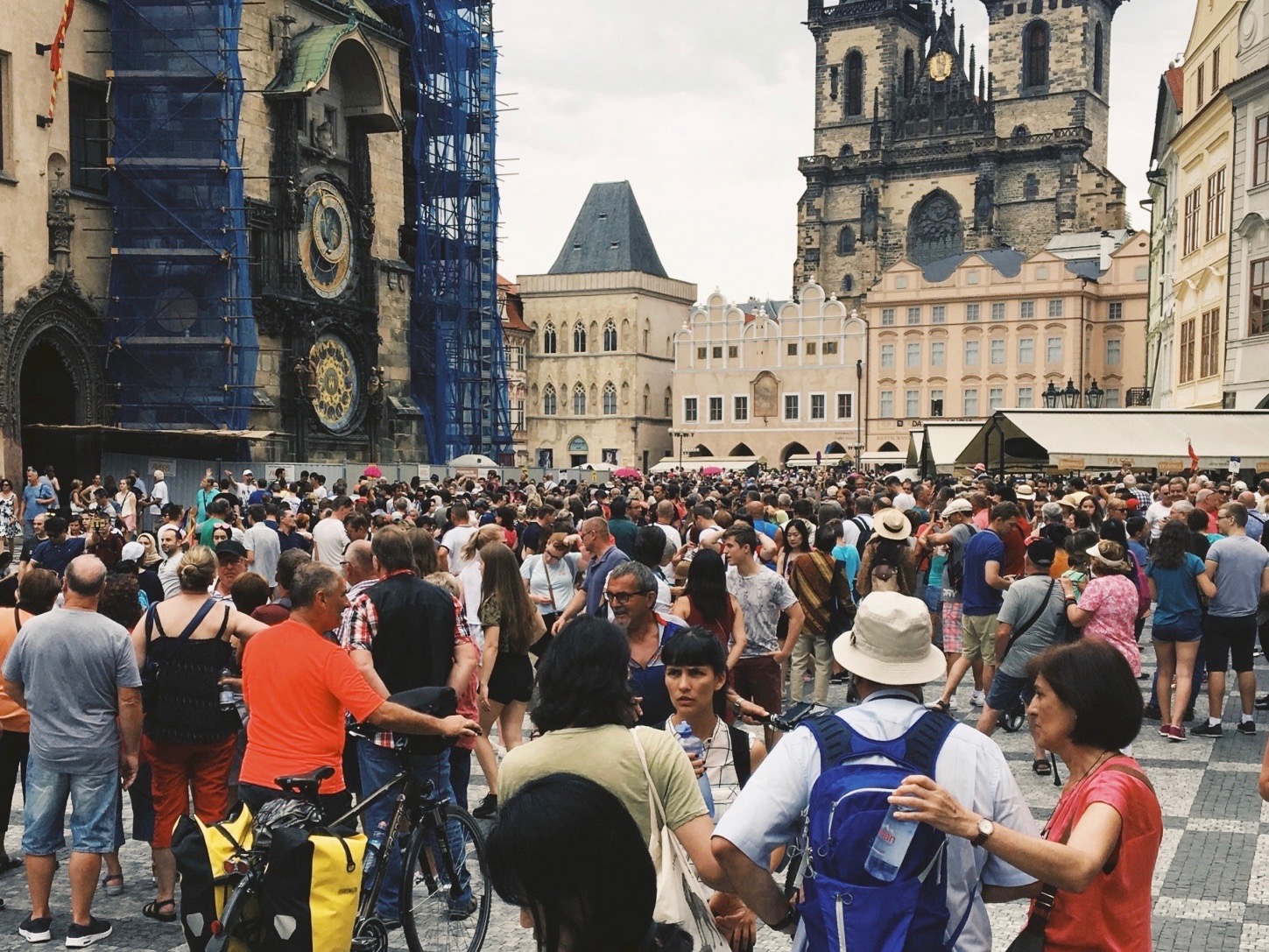
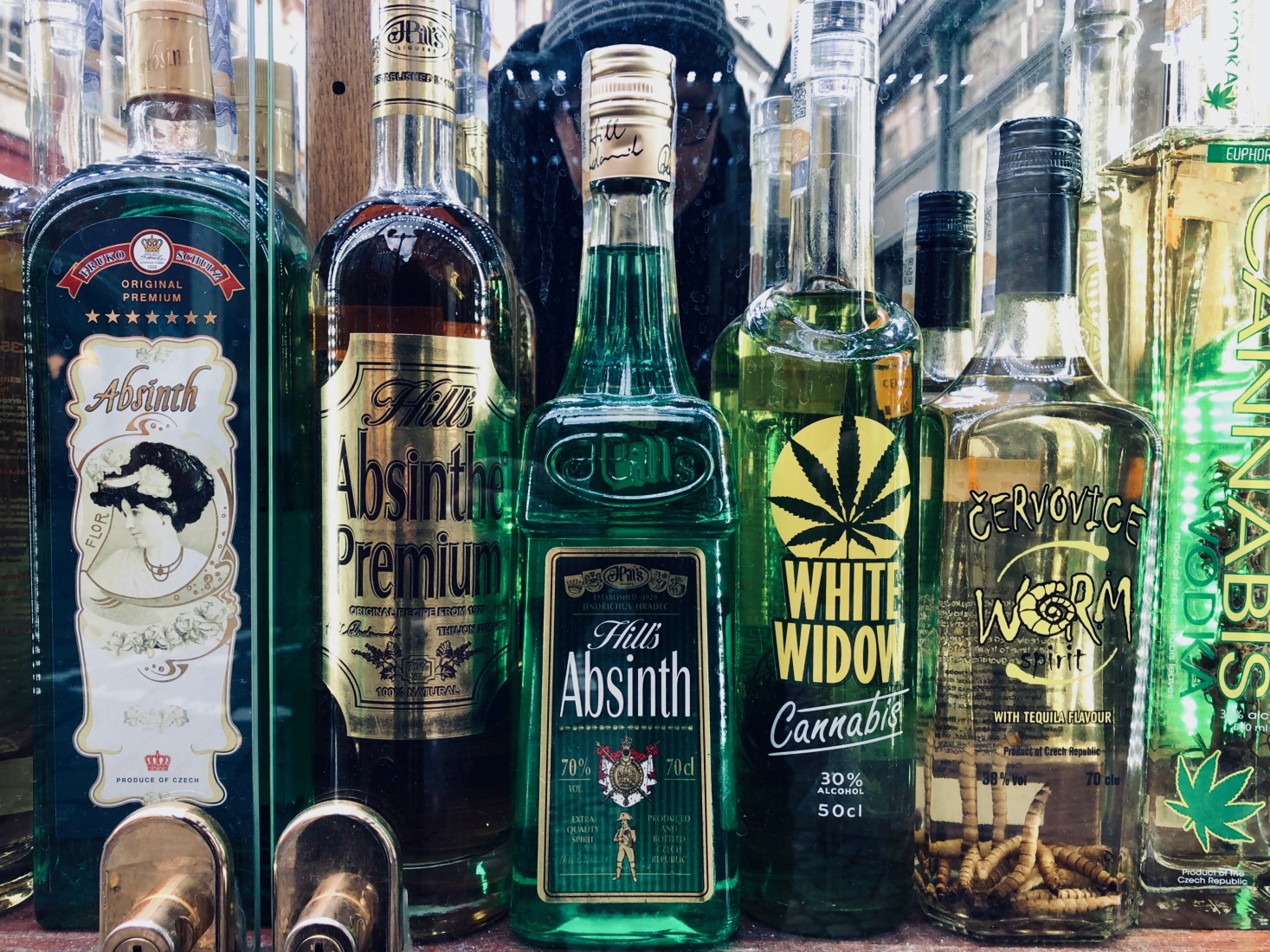

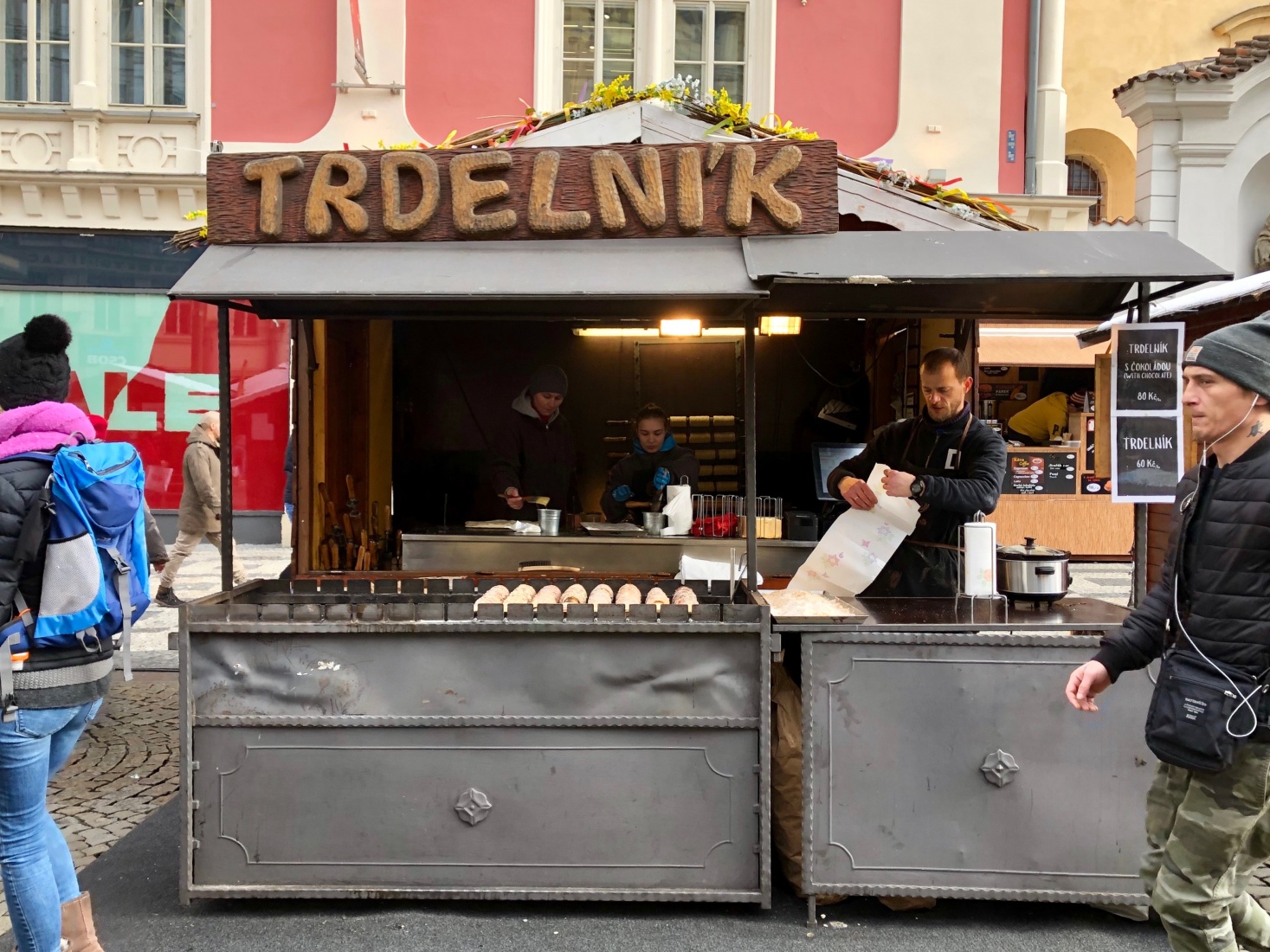
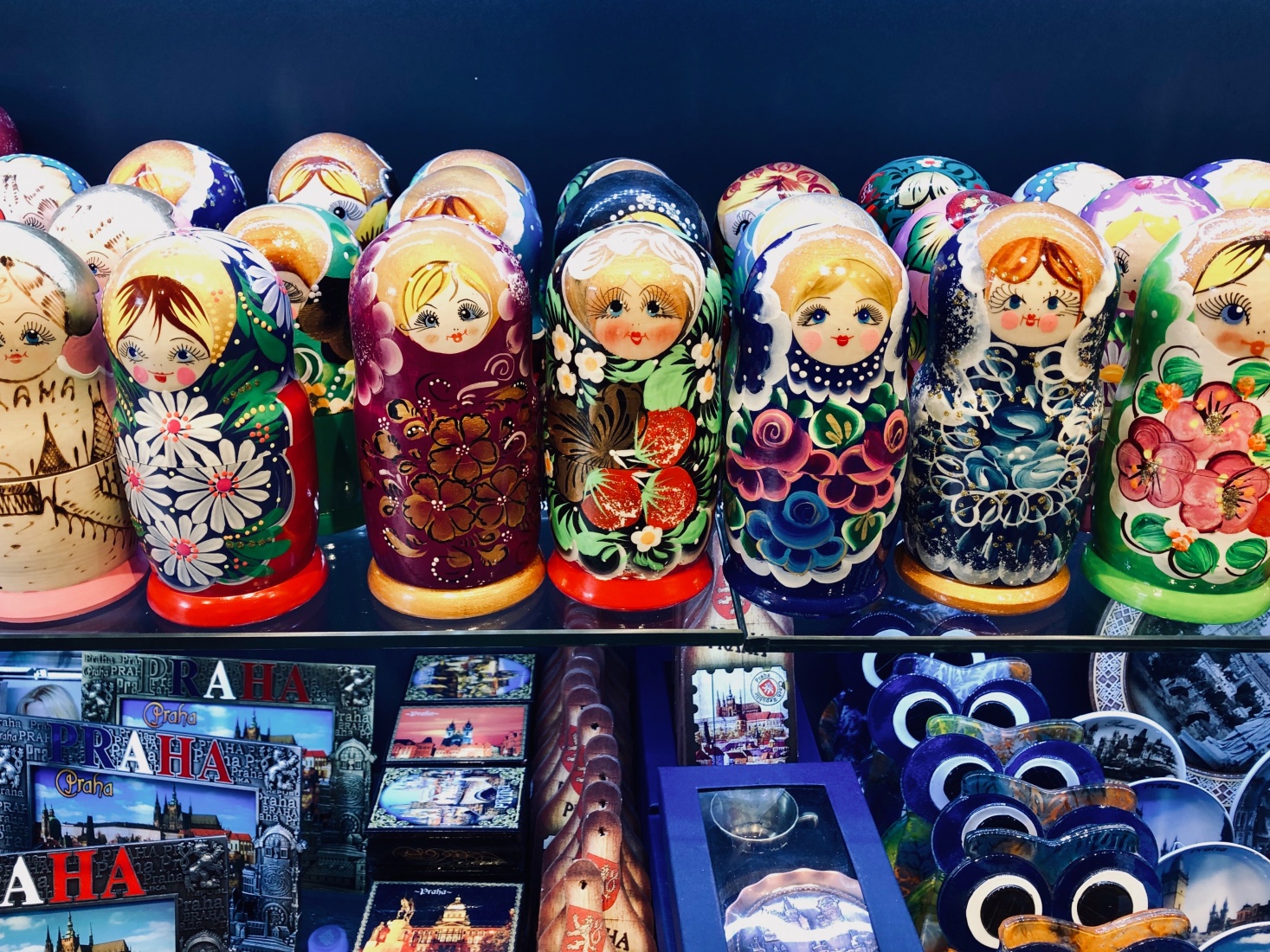

Dear readers,
I was happy to see that people started pushing back (on Facebook and Twitter) on many of the things that I wrote here — and with some very thoughtful comments that I will take on-board and apply to future posts. Just to be clear, I wasn’t trying to say that overtourism isn’t bad or that somehow there aren’t sensible changes that can be made or that it’s good that visitors to Prague would sometimes rather drink absinthe than learn about Vaclav Havel. I was only saying that that’s how it is and if we want to address the problems of mass tourism, we have to start from acknowledging reality.
I’ll share some of the comments here below.
“John” on Twitter took me to task for failing to acknowledge how tourism and overtourism affect populations in developing countries. He wrote: “[I] stopped [reading] here at the false premise that [‘we are all overtouristers together’]. Richer people travel far more, and many residents of tourist destinations are not able to be world travellers themselves.”
He’s right that I neglected to address this issue. I responded: “I take your point. I didn’t mean this literally, only to note that people who complain about overtourism are often tourists themselves and contribute to the problem without realizing it.”
Later, a colleague of mine and fellow travel writer, Peter, posted this tweet: “An interesting article, a lot of which rings true. I don’t agree that visitors control the narrative though. Destinations can and should promote their own unique culture and history (Kafka etc). I think NZ tourism does a good job of this re Maori culture, for instance.”
That’s a fair point. Both of us write books and articles that try to tell a destination’s story in entertaining (and factual) ways. This was my response: “The interplay between who controls a destination’s narrative is complicated. Watching Prague splinter between ‘things only locals do’ and ‘things only tourists do’ was baffling. [I still think] at least part of the narrative is outside of a destination’s ability to control.”
As I was trying to think of a response to his comment, I got a note on LinkedIn from a friend of mine from Romania, Lori, asking about how all of this affects a certain “Dracula” country. The fascination that visitors to Romania have for a fictional character, Dracula, over the life of the real historical character who may have inspired the book, strikes me as a good example of how visitors drive the tourism narrative — and how locals are sometimes powerless to respond to it.
Finally, on FB, a friend of mine and fellow travel writer, Auburn, wrote the following:
“Appreciate your musings on a hot topic! I can’t say I agree entirely – what fun would that be? – e.g. that people come associating Prague with absinthe and KGB hats, but more that they are bombarded with them around tourist centers, or that education on Prague’s historical leaders can’t be delivered in thoroughly entertaining packages on short trips. I think we agree that changing the landscape will take creativity and commitment among economic pressures. So many tourists that I meet do want a “local” experience of what Czechs see/do/eat, but struggle to navigate a marketing landscape that gives them mixed messages on what that actually is – and as you know, tourist destination education is one of my passions. I appreciate your exploration of the massive, complex, and full-steam-ahead factors that make addressing this topic a gargantuan challenge, and look forward to reading more of your thoughts! p.s. written on my way to ?esky Krumlov to explore during less peak periods.”
I thanked her for weighing in and invited her to write a guest post on the topic at some point in the future. I think she’d have some very interesting things to say! MB
This comment was post on FB by my friend Ross, who lives in Italy:
I agree with you entirely about the causes and the effect is particularly pronounced in places that are one of a kind that everyone wants to see: Venice, Sistine Chapel, Louvre. I think that horse is well and truly out of the barn. But, at least in the larger cities, I think you can limit visitors interest to a certain zone without needing any sort of outright ban. The vast majority of tourists known when they’re somewhere tourists go in a city and when they’ve strayed from the beaten path. If you can somehow signal that they’ve reached the limit of where the sightseeing is, you might leave more city to the people who live there. Certainly maps that only show the historical center work that way and you can make rules about where people are dropped and picked up by busses. Otherwise it may be a matter of just having the occasional ugly street, that doesn’t offer bars and restaurants and ATMs etc, to get them to turn the other way. Really small cities though, like Cesky Krumlov or Salzberg or Venice are well and truly screwed.
But I don’t believe that visitors have exactly the same rights as citizens in these situations. We pay the taxes for the city, we live here and its supposed to serve us.
This comment was posted on Facebook by Jimmie:
Cool article pretty much nails it, I like to bike and can relate, banning` s not the way to go, planning is more helpful. As for being a tourist it helps to go in the off season and also not in a large group. I used to busk until it was banned and now they` ve reinstated busking and I like hearing people playing music as opposed to some speaker blasting the street. When the ban came into effect I always felt that rather than treat it as an asset they just got rid of it. Granted there ` s some rules but it` s a compromise. One thing that bothers locals as much as too many tourist is when the profits go to non locals but like you said massive tourism ain`t going nowhere.
This comment was posted in FB by Letitia:
I never had a problem with visiting Europe in November, especially Eastern Europe. I know that this timing is not for everyone, but I actually enjoyed Prague, Warsaw, Vilnius on those darker, cloudy days. They captured the atmosphere better than some bright, sunny, beautiful day. I actually did all of my Asia travel in the off season as well. All of this was to avoid the summer crowds. Not for everyone, but it’s worth a thought.
This came from Katerina, who lives near Prague:
As for AirBnBs, they aren’t going away but regulation is a must. Did you know that in Prague, with its growing housing shortage, their capacity is now greater than that of apartments available for rent? Regulate, not ban is the answer. AirBnB has long outgrown the peer economy model – most AirBnB owners in Prague now own dozens if not hundreds of units. AirBnB isn’t all bad – but residents should come first.
This is a very interesting article. I live in Valtice in southern Moravia. Valtice, along with Lednice is part of the lednicko-valticky UNESCO world heritage site. It is a popular destination for cycling and drinking wine, often combined. In the 13 years we have lived here, tourist numbers have grown and grown and grown, and I can see we are at the beginning of the process of over tourism. House prices are rising to levels unaffordable for the locals, either because of out of towners buying them up or being turned in tourist accommodation, we can’t get into our favourite restaurants, and don’t get me started about parking, or riding cycles on the pavement. Reading your article gives me little hope that we will find the answer here in Valtice. However, tourism does mean we have a vibrant town through summer, with plenty of good restaurants and lots of activities. And we get our town back during winter. Let’s look on the bright side!
The comment came from Caleb (@HowToGoAbroad) on Twitter:
I think the real issue is that tourism isn’t a problem in the simple sense, it’s just that now we have too much of a good thing (tourist dollars, good. Growing middle class, good. More of humanity with leisure time, good. Opportunities for international exposure and exchange, good).
So most people lean towards restricting the good thing within reasonable limits, but I agree with you that this is a fool’s errand and contrary to everything we know about societal and economic evolution. The real questions are what will be the breaking point, what will that look like, can we prevent or divert that occurrence, and how do we prepare for the results if we can’t?
My thing right now is that we have to find a way to “spread the wealthy” beyond the major centers of tourism and get people to visit the much more numerous “second-tier” sights to relieve pressure on the most popular destinations and to spread out the economic benefits. Krumlov is a great example. I’m not saying it will be easy, but if it’s possible to promote Kutna Hora, Karlovy Vary, Olomouc, Cesky Raj, and several castles as equally valid options alongside Krumlov, then the problem might start to seem less like a crisis and more like a boon for the country. Idealistic, I know, but it’s all I’ve got so far on a practical level.